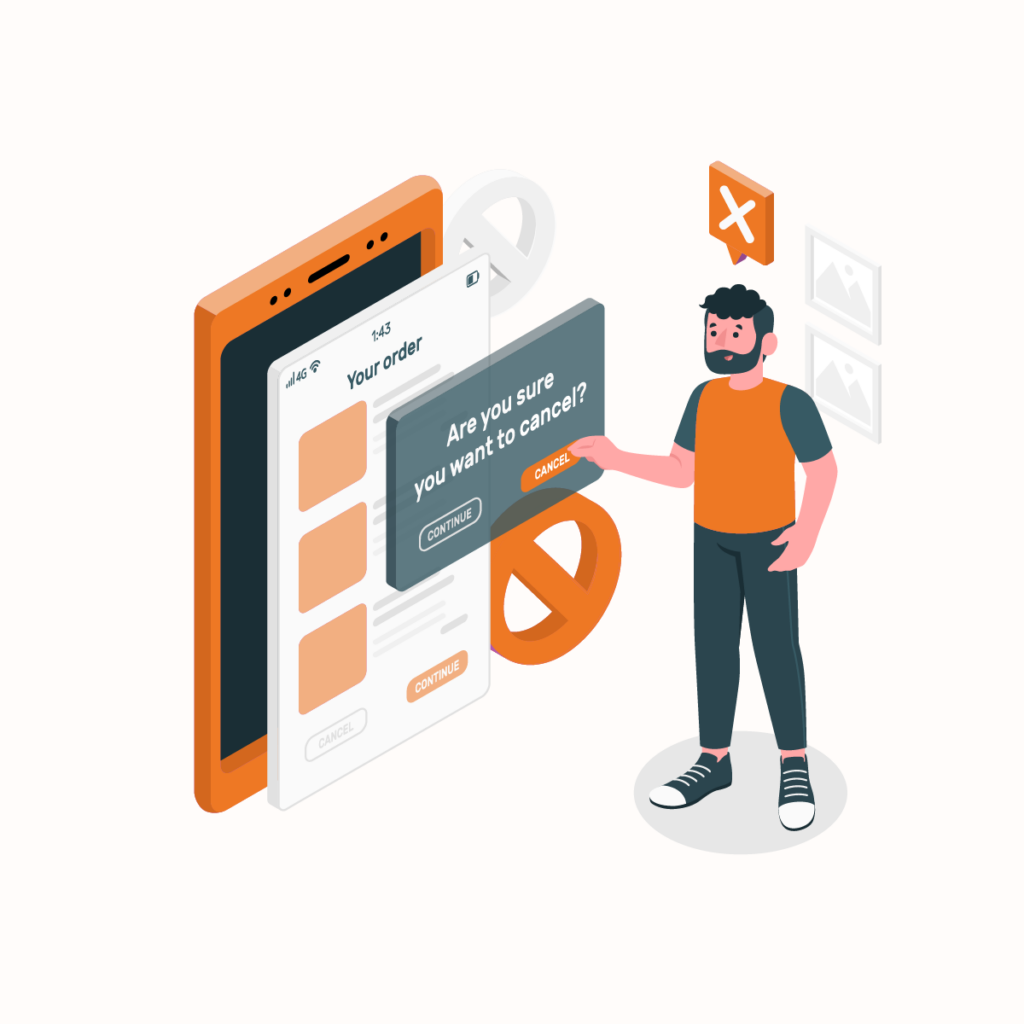Accessing publicly available data from websites and converting it to structured data sounds easy. In reality, it’s getting trickier to scrape web data, as websites are continuously blocking the IPs that are found to be snooping around and collecting data from their web pages.
Web data extraction, machine learning, and web crawling are inevitable aspects that help improve business value. It has become more than essential to scrape web data, which is used for lead generation, competitive intelligence practices, market research, price comparisons, and more.
The question is, how to scrape web data without getting blocked?
Let’s break it down.
The Problem
Most websites want to deliver real content to real users and do not wish to get their web pages crawled and scraped for business purposes. That is why most have developed mechanisms to recognize scrapers and crawlers so that they could deploy IP blocks.
Additionally, websites have also resorted to applying blanket IP blocks, whereby they directly ban the IP of a specific provider. For example, AWS servers are commonly banned by websites, as these servers have an extensive history of scraping web data.
The Solutions
Use a Proxy Server
Proxy servers act as a “layer” between you and the target website and hide your IP address from the target web server.
These web proxies can offer you multiple IPs of any geographical region or device, thus allowing you to make a high volume of concurrent requests.
Out of the types of proxy servers, residential proxies are the most commonly used proxy service to scrape web data without being blocked. Make sure to avoid using datacenter proxies as websites can block all requests from the corresponding datacenter if they realize that multiple requests generated from a particular datacenter IP.
Use IP Rotation
When using web proxies, make sure that IP rotation is an integral part of your proxy service provider. Your best bet to avoid blocks is to use different IP addresses to scrape web data by sending requests through a series of different IP addresses. There are millions of IPv4 addresses, so IP rotation is possible. If you rotate, for example, 1000 IPs, then you surf the website as 1000 different users, avoiding raising suspicion and being blocked.
Set a User-Agent Header
Normal users visit websites using some kind of browser – This browser information embedded in the source code of the HTTP header value called User-Agent. So basically, User-Agent tells the target website about the browser you are using.
Scrapers, on the other hand, scrape web data using the cURL command. When there is no User-Agent information in the HTTP header, then websites can generally identify that they are being scraped and block the requests from the corresponding IP.
Set popular User-Agents for your web crawler. One possibility can be to set the User-Agent to Googlebot User-Agent since websites usually let Googlebot scrape web data. Make sure that the User-Agent is up to date with every new browser update.
Add Relevant Headers
Real user requests have a whole range of headers that distinguish them from robotic web scrapers. Add the relevant headers to your scraper tool, to avoid being detected and blocked.
Scrape in Intervals
If you send crawling and scraping requests every second of the day, websites can track that a web data extraction is taking place.
To appear like a regular web user, make sure to set random intervals between requests in your web scraper.
It is also essential to be ethical, and avoid overloading the website with too many requests in short periods.
Set a Referrer Header
The Referrer header lets the website know the site that you are arriving from. Since most websites are first searched on Google, setting the header with https://www.google.com is a good idea.
If you are thinking to scrape web data from a particular country, make sure that you change the referrer accordingly.
For example, to scrape web data in Australia would mean setting the referrer as https://www.google.com.au. You can also do a bit of research and set the referrer to be some social media website like Facebook or Instagram whenever relevant. It helps make the requests look even more authentic.
User Headless Browsers
Headless browsers behave exactly like real browsers but can be programmed for your needs.
Some websites can track and block requests coming from headless browsers, but using them is still worth a try.
The most commonly used headless browser is Headless Chrome, which behaves like Chrome browser to the target website, but is absent of all the UI wrapping it.
User Captcha Solving Services
At times, websites ask you to confirm that you are a human by sending CAPTCHAs when they are suspicious of the amount and kind of requests they receive. In such cases, rotating the proxy IP can also work. In other cases, deploying CAPTCHA solving services (like DeathByCaptchas and 2Captchas) to your web scraper can come to your rescue.
Consider Scraping Google Cache
If your target website data does not change too often, it can also be useful to scrape the data from Google’s cached copy of the website. Some websites can be extremely hard to scrape; in such cases, scraping Google cache can be the best bet.
Scrape web data
& Never get blocked again
Use rotating residential IPs with city-state selection and a 24/7 IP availability.
Claim your 7-day trial and reap the benefits of using NetNut for extracting web data.





